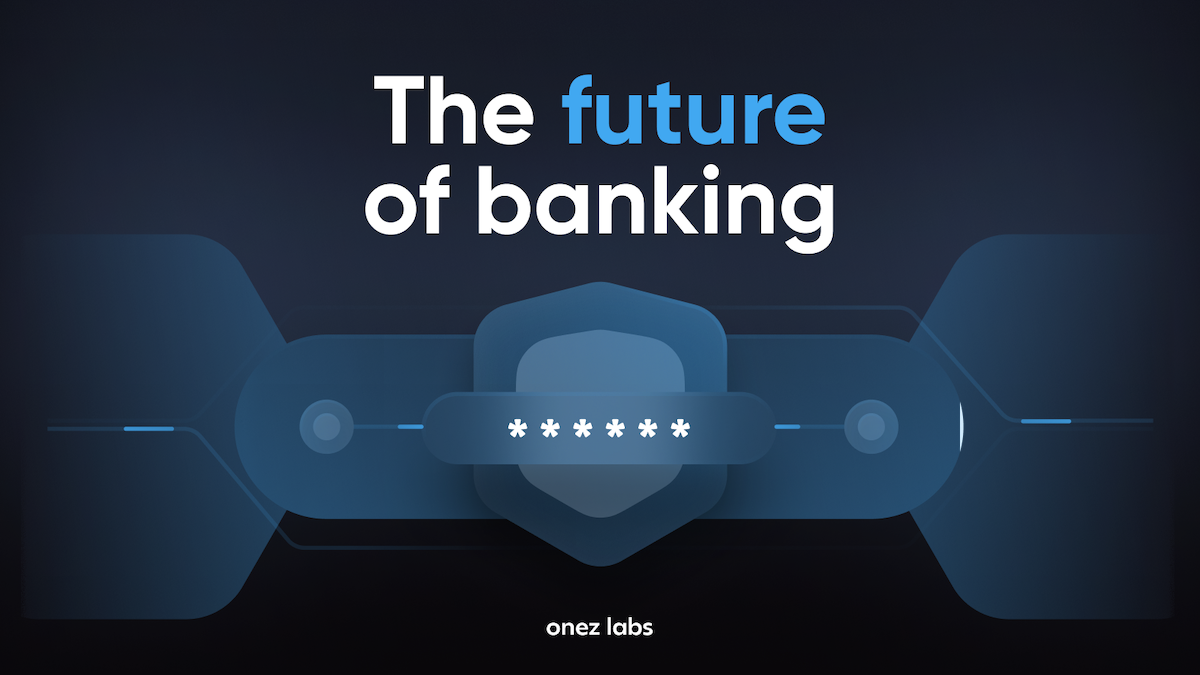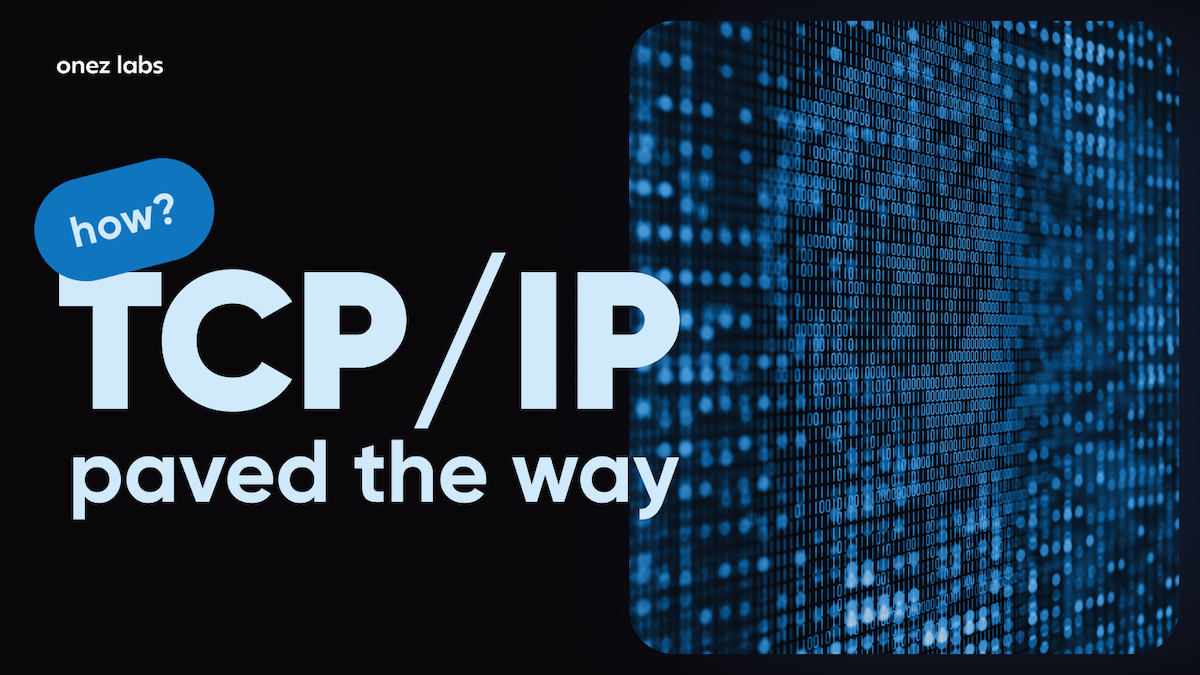Table of contents
- What are CEX and DEX? Exploring Digital Exchanges
- Comparison. Security, Control, and Liquidity
- Selecting a White-Label Solution. Important factors to think about
- FAQs
- What is the key difference between CEX and DEX?
- How does a white-label solution benefit my business?
- Can I have fiat-to-crypto transactions on a DEX platform?
- How do regulatory considerations affect my choice between a CEX and DEX white-label solution?
- Can I offer customer support with a white-label DEX solution?
- Are white-label solutions customizable to my specific needs?
- Conclusion
What are CEX and DEX? Exploring Digital Exchanges
In the rapidly evolving world of digital finance, two predominant models of cryptocurrency exchanges have emerged: Centralized Exchanges (CEX) and Decentralized Exchanges (DEX). Both platforms serve as crucial gateways for market participants, but they differ fundamentally in their structure, operations, and the autonomy they provide to users. As the demand for digital asset trading burgeons, understanding the nuances of CEX and DEX becomes vital for stakeholders seeking to deploy a white-label solution that aligns with their strategic objectives.
Centralized Exchanges (CEX)
CEX platforms work like regular financial exchanges. They are run by a central authority that manages transactions, security, and asset custody. CEX users enjoy various services like customer support, advanced trading tools, and converting fiat to crypto. Some well-known examples are Binance, Coinbase, and Kraken, which are trusted entities in the digital currency field.
Decentralized Exchanges (DEX)
On the other hand, DEX platforms represent the spirit of blockchain by enabling direct transactions between peers without requiring a middleman. These platforms create a decentralized environment where smart contracts replace the usual intermediaries. Examples of such platforms include Uniswap, SushiSwap, and PancakeSwap, which have played a significant role in the growth of decentralized finance (DeFi).
Comparison. Security, Control, and Liquidity
Security
Ensuring the safety and protection of user’s assets and personal information is extremely important. CEX platforms, which have a centralized architecture, can be vulnerable to hacking and other malicious activities. This means users have to trust the exchange with their private keys, which can make people anxious.
On the other hand, DEXs offer a different approach to security. They let users have complete control and ownership over their private keys, so no one else can access or control their funds. This decentralized nature reduces the risk of breaches and avoids a single point of failure. However, it’s worth noting that DEXs also have their own challenges. Smart contract vulnerabilities can introduce new risks that users need to be aware of and take precautions against.
In conclusion, both CEX platforms and DEXs have security considerations. Users should understand the trade-offs and make informed decisions based on their individual needs and risk tolerance.
Control
One important thing to think about is how much control you have over your assets. In centralized exchanges (CEX), you usually give control to the exchange itself. This means the exchange can freeze your accounts or assets if they need to follow regulations. But in decentralized exchanges (DEX), you can keep control of your digital assets. This gives you the power to freely use and manage your assets however you want.
Liquidity
Liquidity is important for smooth trading. It means having enough funds or assets that can be easily bought or sold. In cryptocurrency exchanges, traders need liquidity to enter and exit positions without big price changes.
Centralized exchanges (CEX) usually have more liquidity than decentralized exchanges (DEX). This is because CEX have more users and support regular currencies. More users and the ability to trade with regular currencies attract more traders and increase liquidity.
But DEX have had trouble with liquidity. However, new solutions like liquidity pools and automated market makers (AMMs) are improving liquidity on DEX platforms. These solutions encourage users to provide liquidity to the trading pools. So, the difference in liquidity between CEX and DEX is getting smaller.
To sum up, CEX platforms generally have more liquidity, but DEX platforms are improving with new liquidity solutions. Traders should consider liquidity when choosing between CEX and DEX platforms for trading.
Selecting a White-Label Solution. Important factors to think about
When selecting a white-label solution for a digital exchange, the choice between CEX and DEX frameworks is consequential. A white-label CEX solution typically offers a faster go-to-market strategy, customer support, and regulatory frameworks that could be advantageous for entities targeting a less tech-savvy customer base or those requiring robust compliance mechanisms.
On the flip side, a white-label DEX solution attracts those valuing decentralization and anonymity. It caters to a market segment that prefers full control over their funds and a less regulated environment. This approach may benefit organizations aiming to capitalize on the burgeoning DeFi space.
Adding advanced functionality
In order to excel in the digital exchange market, it is absolutely essential to incorporate advanced functionalities. When it comes to a centralized exchange (CEX), it becomes crucial to have features like real-time auditing, deep liquidity, and institutional-grade security in place. On the other hand, for a decentralized exchange (DEX), the emphasis lies on conducting thorough smart contract audits, providing user-friendly interfaces, and ensuring seamless wallet integrations. By prioritizing these key aspects, both CEX and DEX platforms can enhance their performance and deliver a superior trading experience to their users.
User experience and performance optimization
Regardless of the type of exchange platform chosen, it is essential to prioritize the user experience (UX). A white-label solution should not only provide a seamless and user-friendly interface but also ensure easy navigation, fast loading times, and a responsive design that adapts to different devices. Additionally, optimizing the performance of the platform is of utmost importance as it directly influences user retention. By fine-tuning the speed, responsiveness, and overall functionality of the exchange, it becomes more likely to achieve higher search rankings and increased visibility, ultimately attracting more users and ensuring the success of the platform.
Regulatory compliance
As the regulatory landscape for digital currencies continues to evolve, it is crucial for a white-label solution to be both agile and compliant. In the case of CEX solutions, this involves integrating robust KYC/AML protocols and being able to adapt quickly to any changes in regulations. On the other hand, DEX solutions, although currently facing fewer regulatory constraints, should still proactively anticipate and prepare for upcoming regulatory frameworks. By staying ahead of the curve and being proactive in addressing regulatory challenges, both CEX and DEX solutions can ensure long-term success in the ever-changing digital currency industry.
FAQs
What is the key difference between CEX and DEX?
The primary difference lies in their operational model. CEXs are governed by a centralized authority that facilitates transactions, while DEXs operate on a peer-to-peer basis without a central authority, leveraging blockchain technology and smart contracts.
How does a white-label solution benefit my business?
A white-label solution offers a ready-made platform that can be branded as your own, saving you significant development time and resources. It enables rapid market entry and is equipped with tested features and functionalities.
Can I have fiat-to-crypto transactions on a DEX platform?
Traditionally, DEX platforms do not support fiat transactions directly; however, some newer DEX models are finding ways to integrate fiat onramps through third-party services, making them more accessible to a broader user base.
How do regulatory considerations affect my choice between a CEX and DEX white-label solution?
CEXs are typically subject to more stringent financial regulations, which can offer users a sense of security but may limit certain activities. DEXs, being decentralized, have been less subject to regulation, offering more privacy and freedom, but this could change as regulatory frameworks evolve.
Can I offer customer support with a white-label DEX solution?
While DEXs are decentralized and often do not have a central authority, white-label DEX solutions can still incorporate customer support mechanisms to assist users with the platform, providing a competitive edge.
Are white-label solutions customizable to my specific needs?
Yes, white-label solutions are designed to be flexible and customizable. Providers usually offer a range of services and features that can be tailored to meet the unique needs of your business model and your customers.
Conclusion
In conclusion, the choice between a CEX and a DEX white-label solution depends on a myriad of factors including security preferences, desired level of control, liquidity requirements, and regulatory considerations. By carefully assessing these elements and integrating advanced, user-centric features, stakeholders can select a white-label solution that not only aligns with their business objectives but is also poised to excel in the competitive digital exchange marketplace.
If you are looking for a white-label DEX solution that offers customization, advanced functionality, and regulatory compliance, consider Onez white-label DEX solution. With our platform, you can build your own decentralized exchange with ease, enabling direct peer-to-peer transactions and giving users full control over their assets. Contact us now to learn more and start building your decentralized exchange today!



